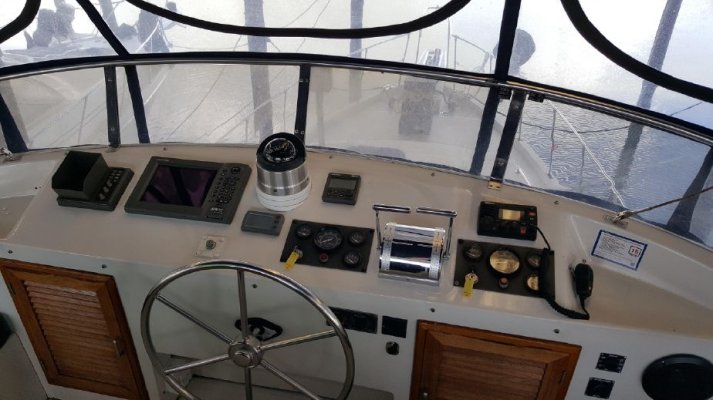cbowers1971
Member
HI all,
I am new to the forum and thought I would jump in. I am beginning to research my first trawler purchase and I found a boat I like but it has two stations, each with pneumatic dual function controllers for the engines. I have seen these for sale online but I have not seen another vessel with them, not have I found any discussion. Almost every boat has mechanical single function controllers if it has dual stations. Anyone know anything about these pneumatic controllers? Thanks!
I am new to the forum and thought I would jump in. I am beginning to research my first trawler purchase and I found a boat I like but it has two stations, each with pneumatic dual function controllers for the engines. I have seen these for sale online but I have not seen another vessel with them, not have I found any discussion. Almost every boat has mechanical single function controllers if it has dual stations. Anyone know anything about these pneumatic controllers? Thanks!




